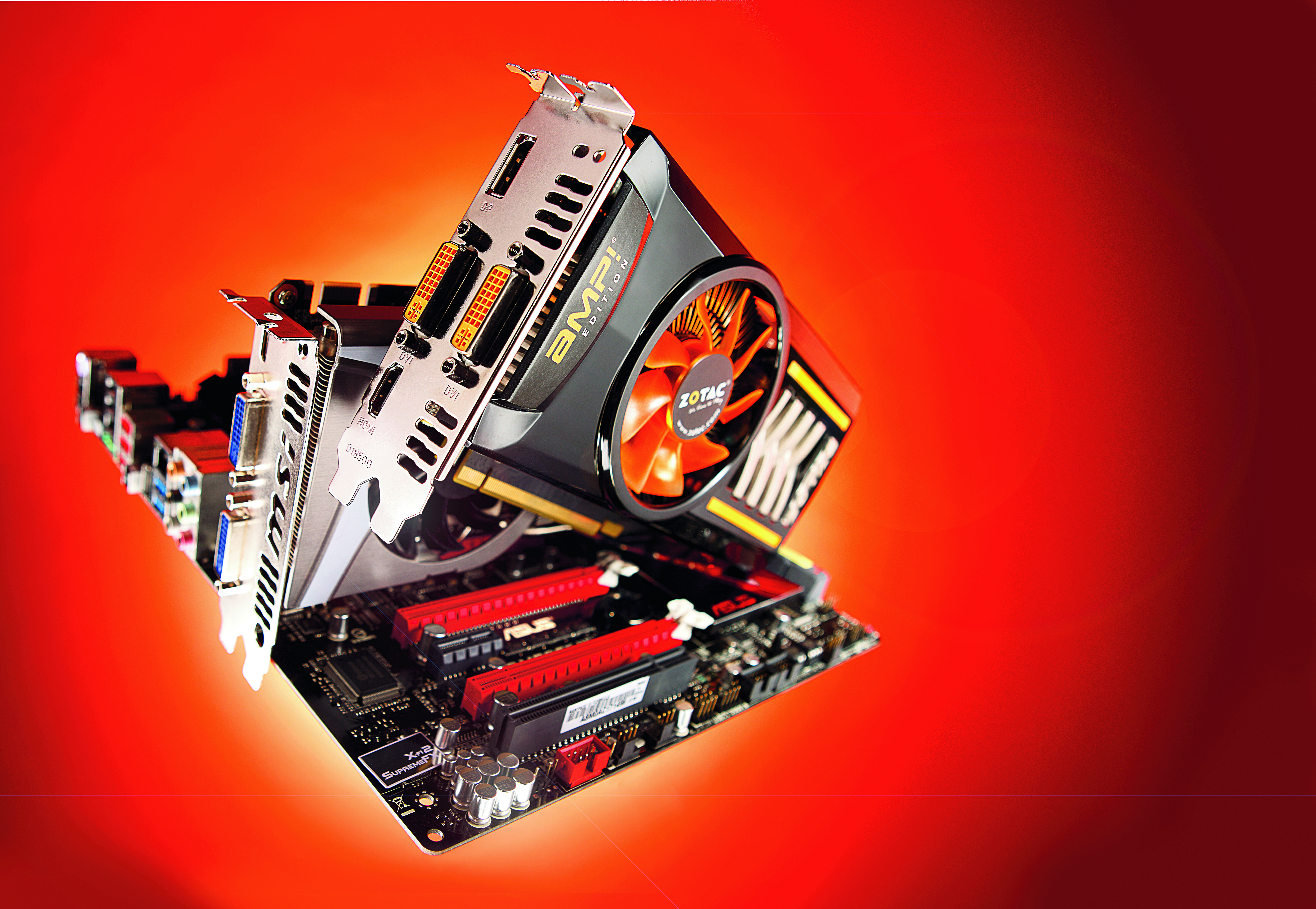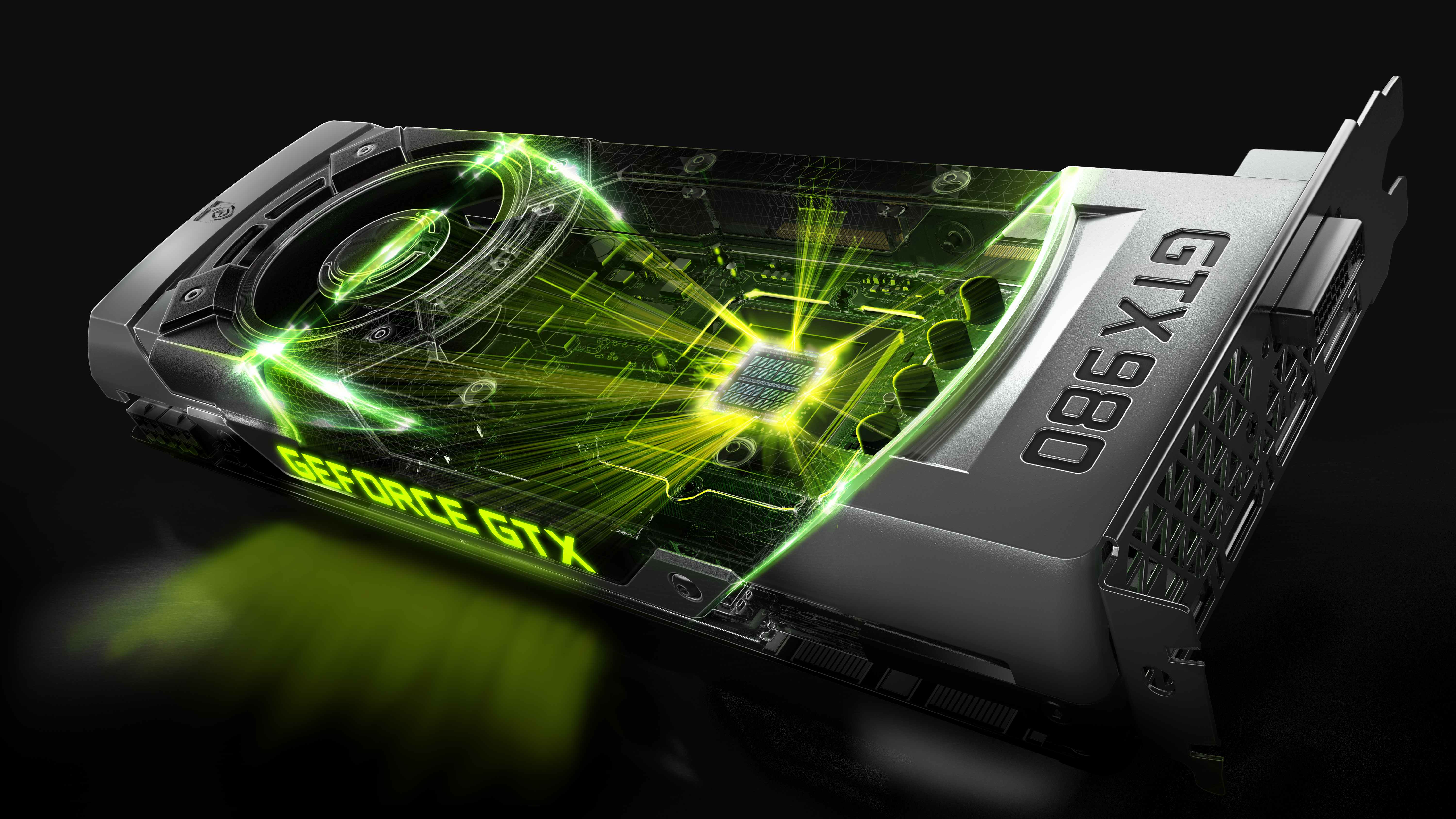The easy PC upgrade guide: everything you need to know

Graphics Card
Ah, the GPU. The pixel-pusher. El graphico capitano. When PC gamers talk about upgrading our machines, this is largely where we focus. The graphics card is the part of our PC most responsible for helping deliver a great gaming experience to our eyeballs.
So, when’s the right time to upgrade your graphics card?
FRAPS is a great free tool to determine a game's framerate, and you can also use it to run a benchmark to get an average framerate. Install it and run it from your desktop. On the FPS tab at the top check the box marked ‘MinMaxAvg’ and the box marked ‘Stop benchmark after…’ Leave the benchmark at 60 seconds. This will set FRAPS up to run for a minute in your chosen game, creating a report on the minimum, maximum and average frame rates over that time.
Now launch your chosen game while running FRAPS in the background, making sure the frame rate counter is displayed in one of the corners of the screen in-game. Once you’re into the game proper hit the F11 key and go about your in-game business. The counter will vanish then return after a minute, benchmark completed.
The report will be available in FRAPS' benchmarks folder and can be viewed in Notepad.
If you ask anyone at Nvidia or AMD the answer will likely be: "Right now! Always!" But that's not the case: a timely graphics card update stems from your own gaming preferences.
Having a great gaming experience is a very subjective thing. Some people are quite happy running higher graphics settings at 30FPS, whereas others simply have to have their games running at 60FPS and will dial down whatever settings necessary to hit that benchmark. Some people don’t give a pair of dingo’s kidneys for jagged lines permeating their game worlds, while others simply cannot live without the post-processed smoothness of anti-aliasing.
Here's our rule of thumb: When you’re unable to strike an acceptable balance between visual fidelity and frame rate, that’s the time to start thinking about a new graphics card. Simple, right?
This decision will likely be driven by a new, hardware-punishing game. If you fiddle and fiddle with graphical settings in-game and can’t get over 30FPS, then it’s probably time to upgrade. One thing you can do first: overclock your graphics card. We already wrote a beginner-friendly guide to overclocking, which you can read here.
If overclocking doesn't give you enough of a performance bump, don't throw away your existing graphics card. It can still serve a purpose. If you’ve got a standard ATX motherboard, you'll likely have spare PCIe slots available for you to drop a second graphics card into.
Keep up to date with the most important stories and the best deals, as picked by the PC Gamer team.
There are two primary routes to take when upgrading your graphics card: going multi-GPU, or swapping for a single brand new card.

Graphics card upgrade: going multi-GPU
Advantages: Cheaper
Disadvantages: Smaller performance boost than a new-generation card, more power consumption, limited support.
Choose this option: If you're on a budget, and your graphics card is less than 3 years old.
Going multi-GPU is a cheaper way of upgrading and getting high-end performance, because you're building on what you’ve already got. This only really works if the graphics card you’re trying to run—in either Nvidia’s SLI or AMD’s CrossFire mode—is relatively modern. Otherwise it can be tricky or needlessly expensive tracking down a second card that’s become rare as hen’s teeth.
For a multi-GPU setup, you'll need to properly match a second card to your current one. They don't have to be from the same manufacturer, but they must have the same actual GPU inside, and the same amount of memory, to be fully compatible. In other words, you can pair an Asus GTX 780 with an EVGA GTX 780 as long as they both have the same 3GB of VRAM.
To find out what GPU is inside your graphics card, download the free app GPU-Z. This will tell you all the information you need to know about your current card to help you match the specs of a second one.
There are a few other things to be aware of, however.
SLI limitations
Some lower-end GPUs are deliberately hobbled to stop people doubling up, such as the GTX 750 Ti. And not all motherboards are capable of supporting multiple graphics cards—even if they have spare PCIe slots they may not have the license to support Nvidia’s SLI tech. That isn’t a problem with AMD, as all boards with multiple PCIe graphics slots are CrossFire compatible—they loves their open standards.
Check your motherboard or graphics card’s website to see if they feature multi-GPU support.
Power supply headroom
You'll also need to make sure your power supply can support another graphics card. That means another 100-300 watts of power headroom (Google your card "+ TDP" to figure out the wattage you need) and the power cables to support another card. If you have to upgrade to a new PSU, adding that to the price of a second GPU, you’re going to significantly bump up the cost of this dual-GPU upgrade path. At that point, it's not worth it.
Cost-effectiveness is a big factor in deciding whether to add another GPU or simply go for a wholesale upgrade to a single new graphics card.
Adding a second card is only going to boost gaming performance by around 60-70% on average. A quick FRAPS benchmark, and a little mathematics, will tell you if that’s going to be enough extra performance for your gaming needs.
Some compatibility issues
If it's hard to find a duplicate of your card on Amazon or Ebay resellers, you’ll likely end up paying more than it’s worth. There are also some cases where SLI and CrossFire simply aren’t supported by a game—such as Total War: Rome 2 and Company of Heroes 2—rendering that second GPU redundant.
With all that in mind, it's often easier and better to upgrade to a single new card.

Graphics card upgrade: a shiny new single GPU
Advantages: Lower power consumption, more efficient performance
Disadvantages: Usually more expensive
Choose this option if...: Your existing card is too old, power supply is limited, you want new GPU features
Luckily there are fewer problems to avoid if you’re just doing a straight GPU swap. If you have a motherboard from 2011 or newer, you’ll likely already have a PCI Express 3.0 slot on your board, which is what the latest graphics cards are based on. Even if you’ve got an older motherboard with only PCIe 2.0 connections, a new card will work—PCIe is backwards compatible. You probably won't even notice a performance hit using a PCIe 3.0 card in a PCIe 2.0 slot, though there will likely be some CPU and motherboard bottlenecks to check out. More on that later.
6-pin or 8-pin power connectors?
Thanks to improvements in GPU efficiency you shouldn't need a new power supply. Currently a 500-600W PSU should be sufficient for almost any graphics card. You should check the available power connections to plug the power supply into your graphics card. The ideal is to have a pair of 6-pin PCIe power connectors with optional extra pins to turn them into 8-pin if needed. Lower spec cards may only need one connector, but more powerful cards will need at least a pair of 6-pin connections.
Make sure to check what connections your PSU supports, and what your upgrade card of choice requires, before purchasing.
What size card will fit in your case?
The physical side of your new card is also a consideration. Width is rarely an issue, as most cards are dual-slot (taking up two expansion slots in your case) but there are some triple-slot cards if you’re looking at high-end overclocked cards with hefty third-party coolers attached to them.
Length is the real issue—depending on the size of your case, a new card may not fit. AMD cards are generally longer than their Nvidia counterparts, so it’s probably worth having a quick look online at the dimensions of the card you’re chasing for your upgrade and comparing it to your current GPU and the space available in your PC. There are few things so sad as excitedly pulling your new graphics card from its box, only to discover you can’t even install it in your rig.
Get it right, and the moment you boot up that demanding new game, with your brand new GPU purring inside your PC, will be an immensely satisfying one. On top of the lower power consumption of a newer, more efficient card, new graphics cards typically support features that older ones don't. Nvidia's newer cards support its ShadowPlay recording software. Some types of graphics and lighting effects and post-processing won't work on older cards.
Now, one last recommendation if you're upgrading to a new GPU: sell your old card. Someone else out there may want it for their own multi-GPU setup, and you can probably put $50 - $100 towards the price of your upgrade.
On the next page: When to upgrade your CPU and motherboard.
Page 1: Introduction
Page 2: Graphics card
Page 3: CPU and motherboard
Page 4: Memory
Page 5: Storage
Page 6: Cooling

Dave has been gaming since the days of Zaxxon and Lady Bug on the Colecovision, and code books for the Commodore Vic 20 (Death Race 2000!). He built his first gaming PC at the tender age of 16, and finally finished bug-fixing the Cyrix-based system around a year later. When he dropped it out of the window. He first started writing for Official PlayStation Magazine and Xbox World many decades ago, then moved onto PC Format full-time, then PC Gamer, TechRadar, and T3 among others. Now he's back, writing about the nightmarish graphics card market, CPUs with more cores than sense, gaming laptops hotter than the sun, and SSDs more capacious than a Cybertruck.

